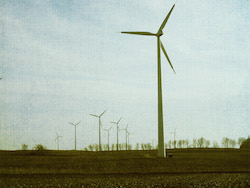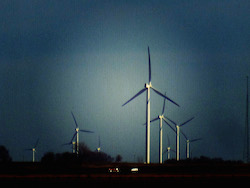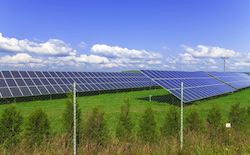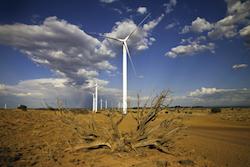American wind power has blown beyond the 70 gigawatt (GW) mark. There is now enough power generated from wind to supply more than 19 million average American homes. This milestone was achieved in November leading into a historic climate agreement by global leaders to reduce carbon emission. This, along with the Clean Power Plan will continue to drive demand for wind energy in the U.S.
“This American wind power success story just gets better. There’s now enough wind power installed to meet the equivalent of total electricity demand in Oklahoma, Nebraska, Kansas, Colorado and Wyoming,” said Tom Kiernan, CEO of the American Wind Energy Association (AWEA). “Wind energy is the biggest, fastest and cheapest way we can cut carbon pollution here in the U.S., and as wind power grows, so will savings for American families and businesses all across the country.”
Wind energy crossed the 50 GW and 60 GW thresholds in 2012, as developers rushed to complete projects before the expiration of the Production Tax Credit (PTC). However, noted Kiernan, the subsequent policy uncertainty in 2013 derailed that momentum, and wind energy installations declined by 92 percent that year. Now, with recent extensions, new wind power projects has resulted in a near-record amount of construction now underway across the U.S.
Last week, Congress passed a multi-year extension of the performance-based PTC and alternative Investment Tax Credit (ITC) as part of the government spending bill, securing, says Kiernan, the predictable business environment needed to keep U.S. factories open and further scale up American wind power. Previous short-term extensions of the wind tax incentives helped spur a near-record of more than 13,250 MW of wind capacity currently under construction in the U.S., with an additional 4,100 MW in advanced stages of development. This year’s multi-year extension is expected to add to that number.Read More









